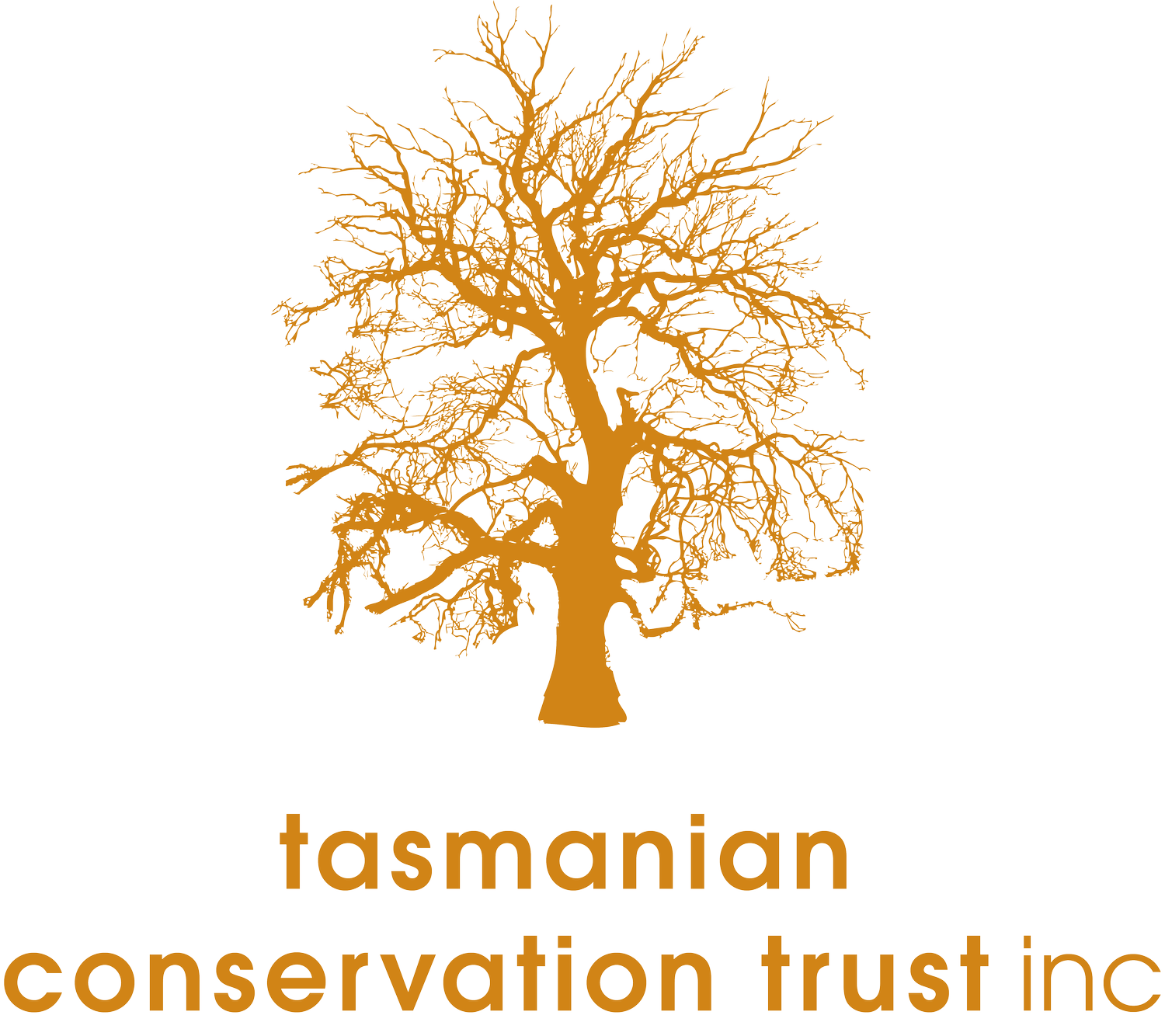While the TCT is pleased with the expansion of the previously tiny marine reserves at Ninepin Point and Tinderbox in 2009, it is disappointing that, under the Labor–Green government, no new reserves have been created or proposed.
TCT Forests Policy Addendum – biodiversity priorties
The TCT already has a forests policy (available on the TCT website) but we have decided that there is a need to provide more detail on what our nature conservation and, in particular, our biodiversity priorities are. We hope to address geoheritage issues later. This article outlines a draft addendum to our forest policy, which will be completed over the next few months. One purpose is to provide further evidence to support TCT’s statements made over the last two years regarding the inadequacy of current and proposed public land reserves in addressing the conservation requirements of many biodiversity values, most of which are found on private land.
Eastern quoll not listed
In the last Tasmanian Conservationist we reported that the eastern quoll, Dasyurus viverrinus, has been nominated for inclusion in the Tasmanian threatened species list under the Tasmanian Threatened Species Act 1995. The quoll was nominated by the Scientific Advisory Committee (SAC) established under the Act, rather than as a public nomination, although much of the scientific data was provided by Bronwyn Fancourt, who has been studying the quoll as part of her Honours and now PhD projects at the University of Tasmania. The SAC nominated the quoll for inclusion as endangered on the basis that it meets the criterion of ‘a population decline of at least 50 percent over the last ten years’. As can be seen in Figure 1, it is clear that the population of eastern quolls has declined significantly in the last ten years.
Devil Translocation to Maria Island
Tasmanian Devil on Maria Island
Action on Roadkill
Tasmania has been branded as ‘the road kill state’. An apt title considering that Tasmania has the highest incidences of wildlife roadkill in the nation (Magnus et el, 2004). An estimate 293,000 animals are killed on Tasmanian roads each year. Of those, approximately 3,000 Tasmanian devils are killed (3% of the total devil population) making roadkill the second biggest threat to the devil population after Devil Facial Tumour Disease. Examples of every species of Tasmanian native animal can be found dead on the roads: quolls, bandicoots, wedge-tailed eagles..the list goes on. Local newspapers and State government departments frequently receive comments and complaints from visitors to the state expressing concern about the amount of roadkill they have seen on Tasmanian roads.
Dans Hill nickel mine
In October 2009 we ran a front page story in the Tasmanian Conservationist, ‘Nickel Mine Nightmare’, regarding the proposal by the New South Wales–based company Proto Resources to mine for nickel and other minerals in the Dans Hill Conservation Area and nearby private land near Beaconsfield. The original proposal, if approved, would have destroyed half the known individuals of the nationally listed, critically endangered plant species Tetratheca gunnii.
December 2010 Campaign Updates
Tasmanian Devil update June 2010
Swift parrot update February 2010
Thank you to all the TCT members who responded to our request in the last newsletter to write to Minister David Llewellyn calling for protection of swift parrot habitat. In reply to the TCT’s letter, and in our recent meeting, the minister has made it clear he believes the interests of Forestry Tasmania and loggers on private land come before the swift parrot.
Save the Tasmanian Devil Program
In the last edition of the Tasmanian Conservationist we ran an article, ‘Questions regarding the Save the Tasmanian Devil Program’ (STDP). This was based on the TCT’s 1 September 2009 letter to the Manager of the STDP in which we asked a series of questions related to the performance of the program, and in particular the insurance population for the species. We wrote this letter seeking information because the Save the Tasmanian Devil Program Stakeholder Reference Group, on which we are represented, has not met since November 2008 despite us making several requests for a meeting.
Proto Resources’ Dans Hill Nickel Mine is a nightmare
Proto Resources’ Dans Hill Mine proposal is for a 210ha open-cut nickel mine, half of which is within the Dans Hill Conservation Area (see map). Mining this area would result in the destruction of half of the known population of the nationally listed critically endangered herb Tetratheca gunnii, possibly Tasmania’s most endangered plant species. But wait, there’s more. One hundred hectares of the proposed mining area was purchased in 1999 – 2000 with Australian Government funds through the Private Forests Reserve Program specifically to protect Tetratheca gunnii.


